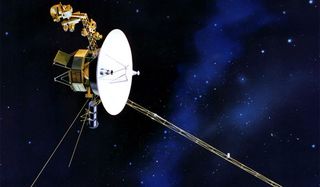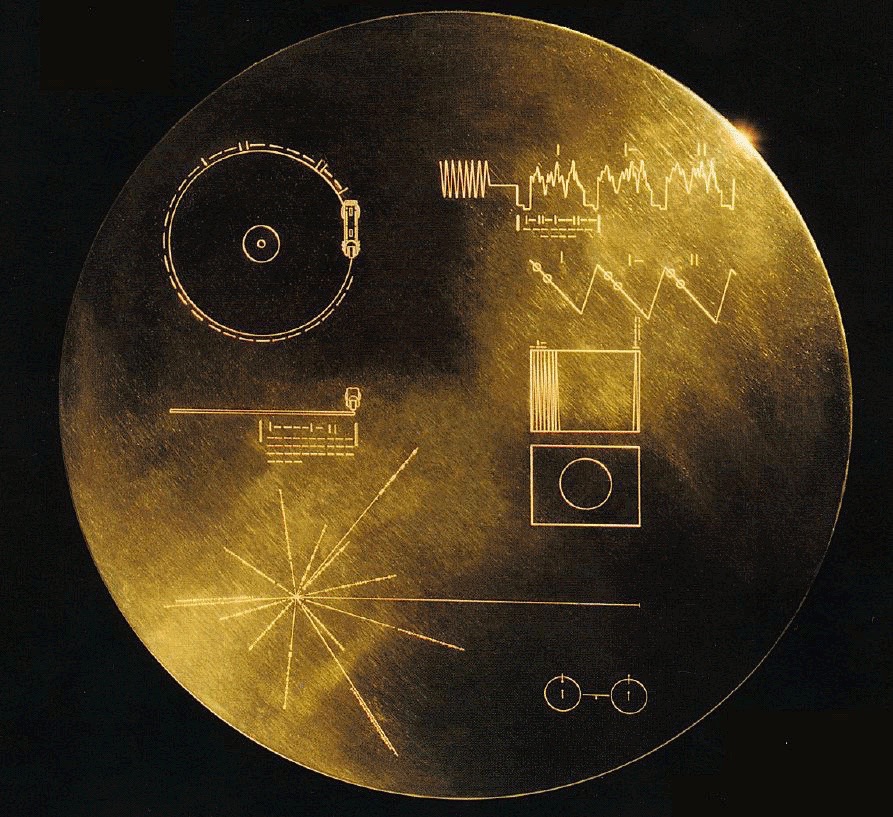Voyager 1: The missions to interstellar space
Introduction
Voyager 1, a spacecraft launched on September 5, 1977, broke a record of being the farthest human-made object on August 25, 2012, when it crossed the Oort cloud. But what are some facts about the voyager, its origin, etc.? So here is a complete description of the voyager and how they achieved the feat no one could.
 |
| Image Source - Google | Image by - Space.com | The Voyager 1 |
History and origin
In the 1960s, NASA planned a Grand Tour to outer space. This started with the Pioneer missions. The information gained from Pioneer 11 helped in planning the Voyager 1 by telling us that we had to make better hardware to cope with the intense radiation environment of Jupiter. The Voyager was originally planned as the Mariner 11 as part of the Mariner series. Due to budget cuts, the Mariner could not do a flyby with Uranus and Neptune and so was renamed the Mariner Jupiter-Saturn probes. Later it was renamed and became our Voyager-1.
Structure and anatomy
The Titan IIIE is the rocket that was used to lift off the Voyager. After detaching from the Titan IIIE, the Voyager can move on its own using the 16 hydrazine thrusters each of which give a 0.89. N thrust. To control the direction in which the voyager is facing, there are 3 axis-stabilization gyroscopes. This is important as the 3.7-meter diameter high gain Cassegrain antenna always needs to point towards the earth so that it can send radio waves to the Deep Space Network here on the earth. Signals take 21 hours to reach the earth from there. All the instruments onboard Voyager 1 are completely autonomous. Unlike other satellites, only the camera on Voyager is not autonomous. One of the image parameter tables known as the Flight Data Subsystem(FDS) controls it.
Timeline of Voyager 1
The idea of Voyager 1 starts when in the 1970s, some scientists found out that a mission could fly by all the four giant planets using a new technology known as a gravity assist. And so the Voyager 1 and 2 were planned as the Jupiter-Saturn mariner probes among which only Voyager 2 could fly past Uranus and Neptune. Fun fact: Voyager 2 was launched before Voyager 1 but had a 2 in its suffix as it would reach Jupiter and Saturn late than Voyager 1. Before launch only, they were renamed Voyager 1 and Voyager 2. The next day after launch on September 5 1977, Voyager 1 sends back an image of the Earth and moon. Two years later, on March 5, 1979, Voyager 1 makes its closest flyby of Jupiter. 9 November 1979 Voyager makes its closest flyby of Saturn. On February 17 1998, Voyager becomes the farthest man-made object in the sky by crossing Pioneer 10. On October 25 2012, Voyager reaches interstellar space.
The Golden Record
This is the most amazing part. NASA put a Golden Record on the Voyager so that if people of extraterrestrial life get to know us. The message is written in a coded way so that they understand how to play the disk and that will show them images, videos, recordings and greetings in over 55 different which you can find here.
 |
| Image Source - Google | Image by - Space.com | The Golden Record |
The Voyager mission is a mission that has already crossed its work limit. It has provided us with information we will be forever thankful of…
Comments
Post a Comment